While Rave On Radio‘s upper side band signal was fairly weak, at least in my part of the world, on Friday night, I managed to record it just the same. The broadcast started around 23:15 UTC (February 1st) on 6,925 kHz.
I believe I recorded the entire broadcast; if not, I at least captured the majority of it. This is not “armchair” copy, of course, but it doesn’t take seasoned ears to hear the IDs and music through the static, either. (Indeed, I rather appreciate this skill-dependent aspect of the listening hobby).
Click here to download an MP3 of the entire show, or simply listen in the embedded Archive.org player below:
Note: This is a recording of a real pirate radio broadcast. Though I don’t think this broadcast applies, if you are easily offended by strong lyrics and offensive music, you should slowly back away.

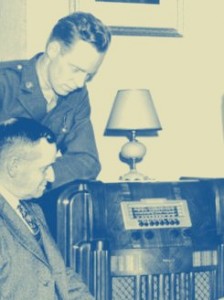
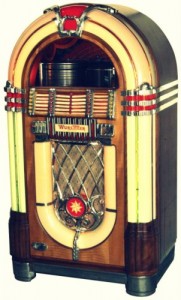 The Mighty KBC’s broadcast from Bulgaria was mighty strong last night into North America. I recorded the full 2 hour show of The Giant Jukebox on 9,450 kHz beginning at 00:00 UTC.
The Mighty KBC’s broadcast from Bulgaria was mighty strong last night into North America. I recorded the full 2 hour show of The Giant Jukebox on 9,450 kHz beginning at 00:00 UTC.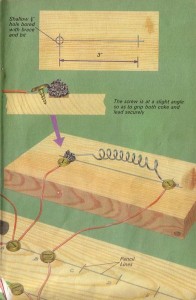
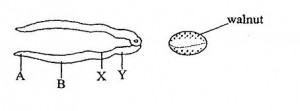
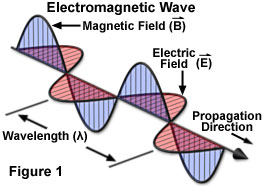 Last Saturday night, I caught the shortwave radio pirate, Red Mercury Labs, on 6.9251 MHz in the upper side band.
Last Saturday night, I caught the shortwave radio pirate, Red Mercury Labs, on 6.9251 MHz in the upper side band.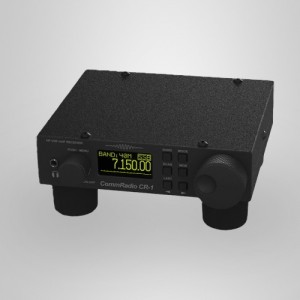
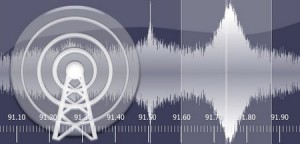 Though not available for the shortwave bands, Google Play reviews are mostly positive for the new software defined radio application that will run on your Android phone or tablet:
Though not available for the shortwave bands, Google Play reviews are mostly positive for the new software defined radio application that will run on your Android phone or tablet: